What? There Is No "Off-Season" for the Die-Hard Deer Hunter.
Deer hunting is a year-round endeavor now. There are countless things to do even after deer seasons close for the year ‚ little tasks here and there that need to be done in order to ensure success for next season. Not only that, but they're fun too. The great thing about deer hunting ‚ the fun part isn't killing the deer. It's the whole process that leads up to it that makes it all worthwhile and so rewarding.

Treestands are a never-ending task. Seems you're always either taking them down or re-hanging them. Might as well do it now when you're not worried about pressuring deer, right?
That's the biggest factor in doing treestand work now versus this summer, fall and on into the season ‚ you don't have to worry about bumping deer. Will you be able to do 100 percent of your treestand work now? No. There will be stands you need to hang closer to and during the season. (Deer don't always do the same exact thing every year.) But you should already have a good feel for what the deer will do if you've hunted the area before.
By repositioning existing stands now ‚ or hanging new ones ‚ you can complete most of your treestand work without having to worry with spooking deer. However, read your state and local laws on treestands, though. Many government lands have specific regulations on when you can and can't have stands on public ground.
Bonus read: How to Conceal Treestands
Photo credit: John Hafner
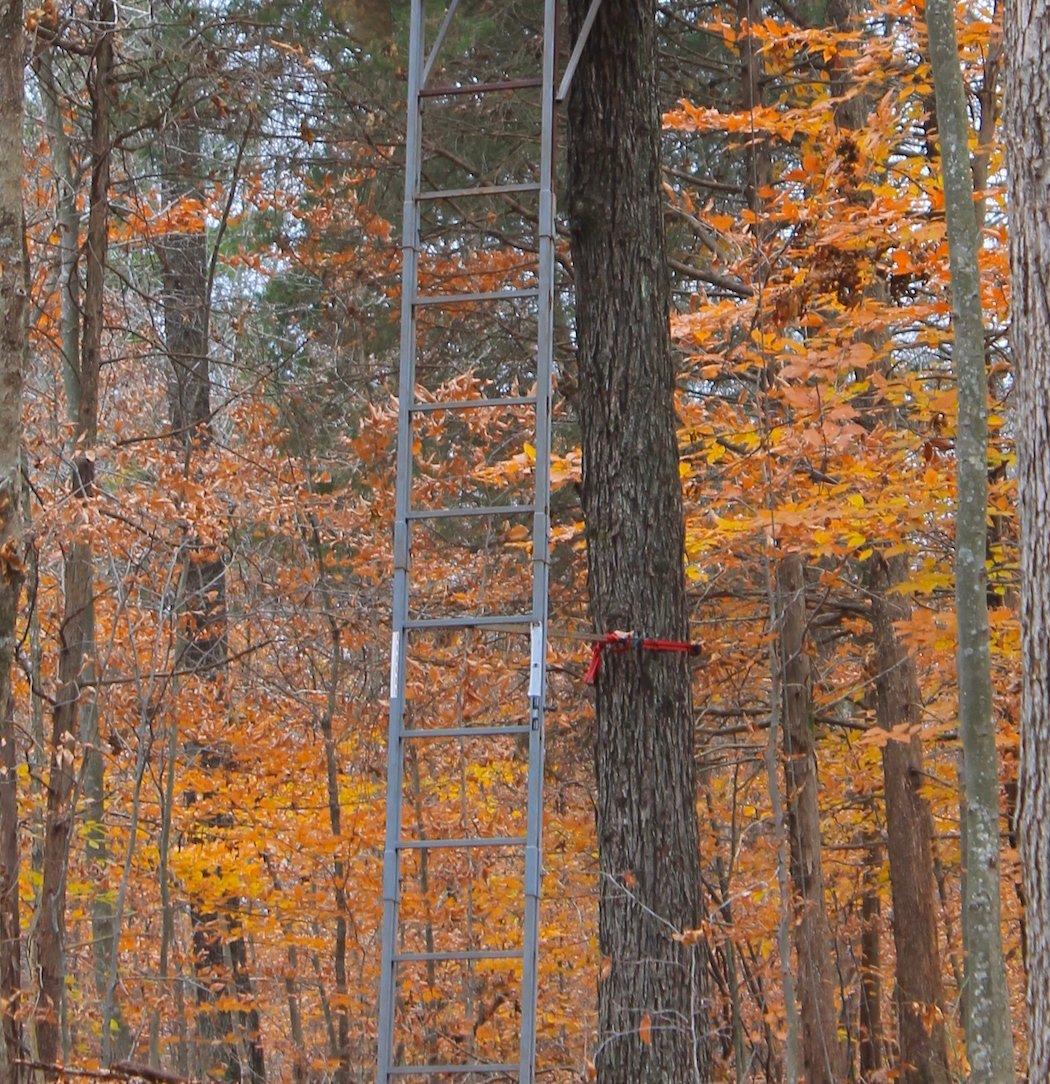
Treestands are just like everything else ‚ they break. Fixing them is an option if the problem isn't significant. Throw it away if the stand is a safety hazard. It isn't worth an injury or death to hunt from an unsafe perch. On the flip side, I do make small tweaks to my treestands every year.
Replacing rusty bolts, seat cushions, straps and other components are commonly involved in routine maintenance work. Older stands (that are still safe) may need sanding and repainting. I also make my treestands as quiet as possible, too. The off-season is a great time to test your stands and see where padding needs to be added to reduce the risk of noise in the field. You'd rather find out now rather than when a big buck walks under your stand in November. They aren't too forgiving when you bump your bow on the railing of your treestand. At least, they haven't been for me.
Photo credit: Josh Honeycutt
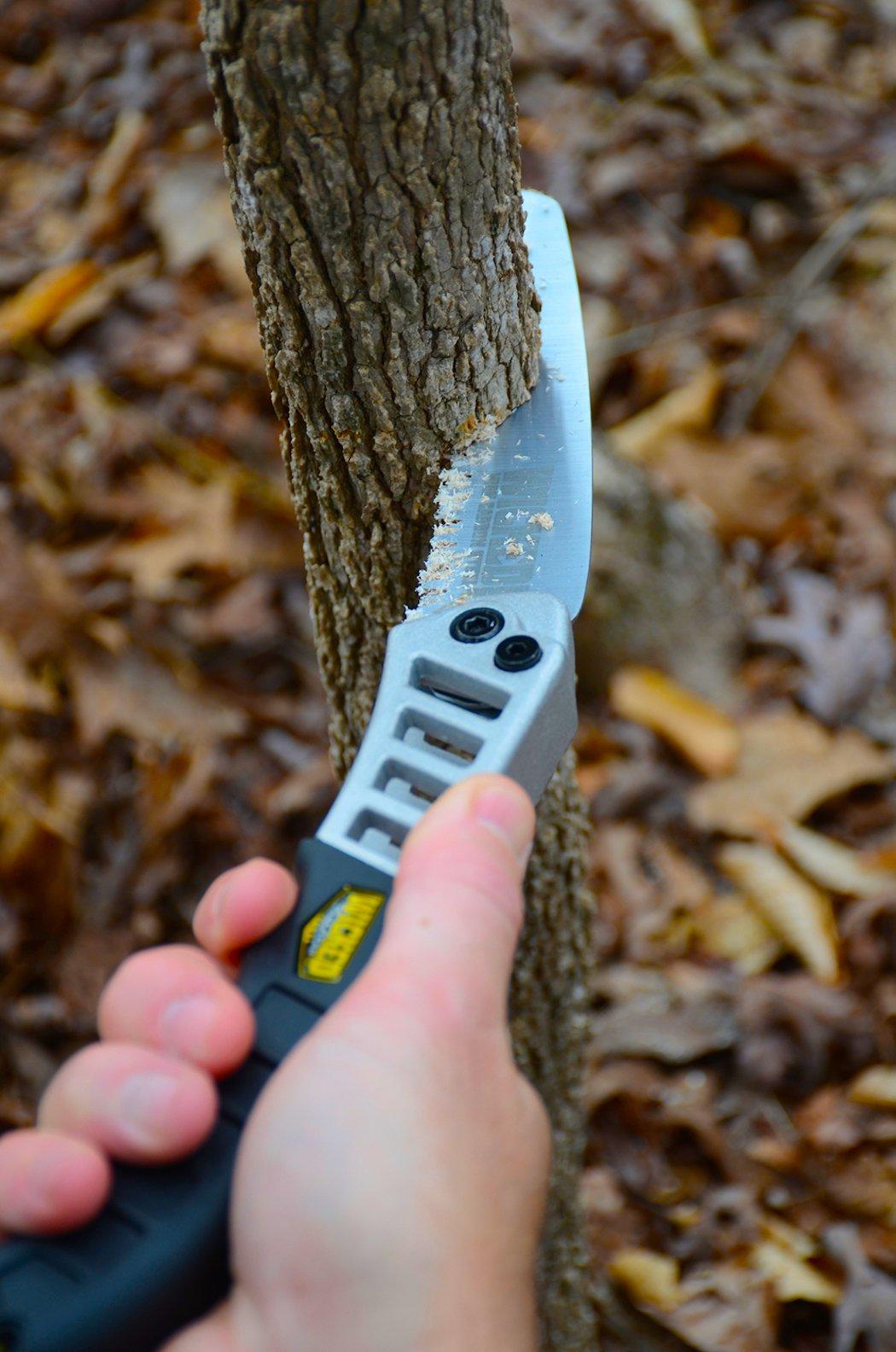
The off-season is the best time to trim shooting lanes. Right now the leaves haven't budded out throughout most of the country. You can still sit in a stand right now and see what the shooting lanes will be like this fall when the leaves drop again. In my experience, it's better to trim lanes when the trees are bare. If you don't, you're more likely to remove too much cover when the leaves are on in spring, summer and early fall.
Photo credit: QDMA
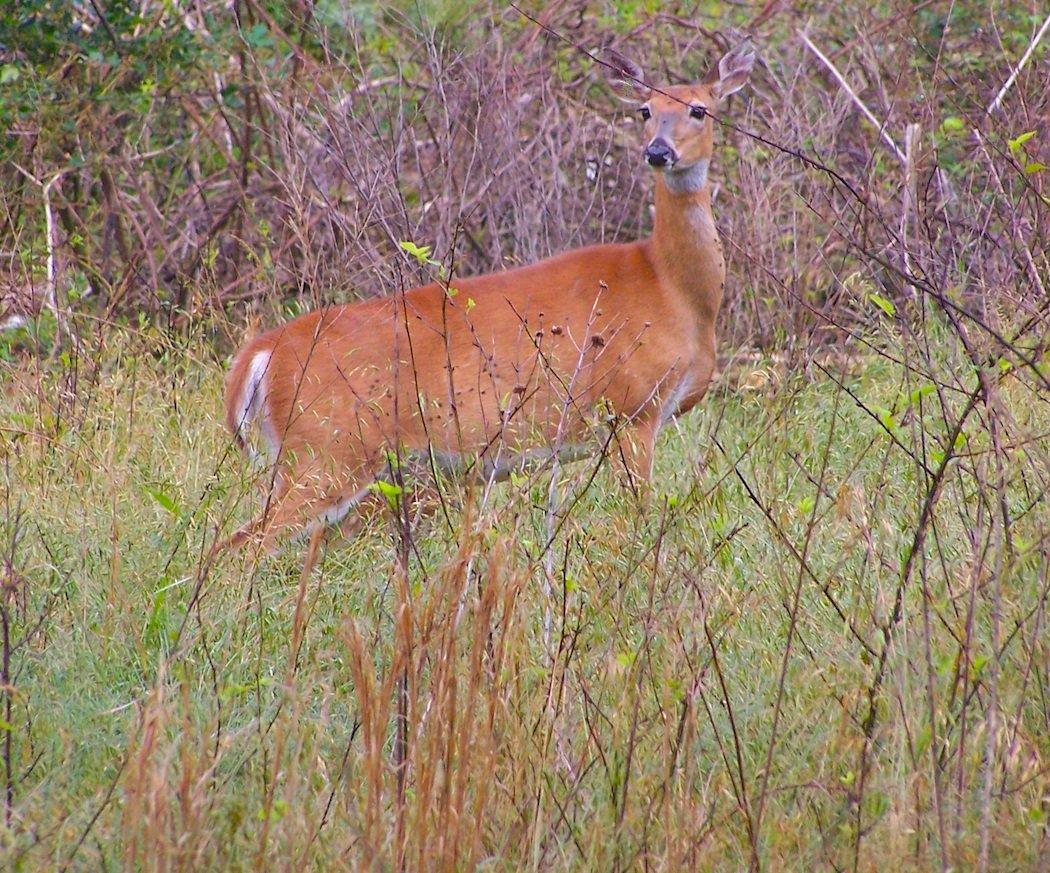
There are countless ways to improve the land for the deer we love to hunt. Whether that's by providing additional food sources, additional bedding cover, or adding a water source, everything helps. Do what you can even if it's on a small scale. It'll help both the deer and your deer hunting.
Bonus read: The Ultimate Deer Hunting Property
Photo credit: Josh Honeycutt
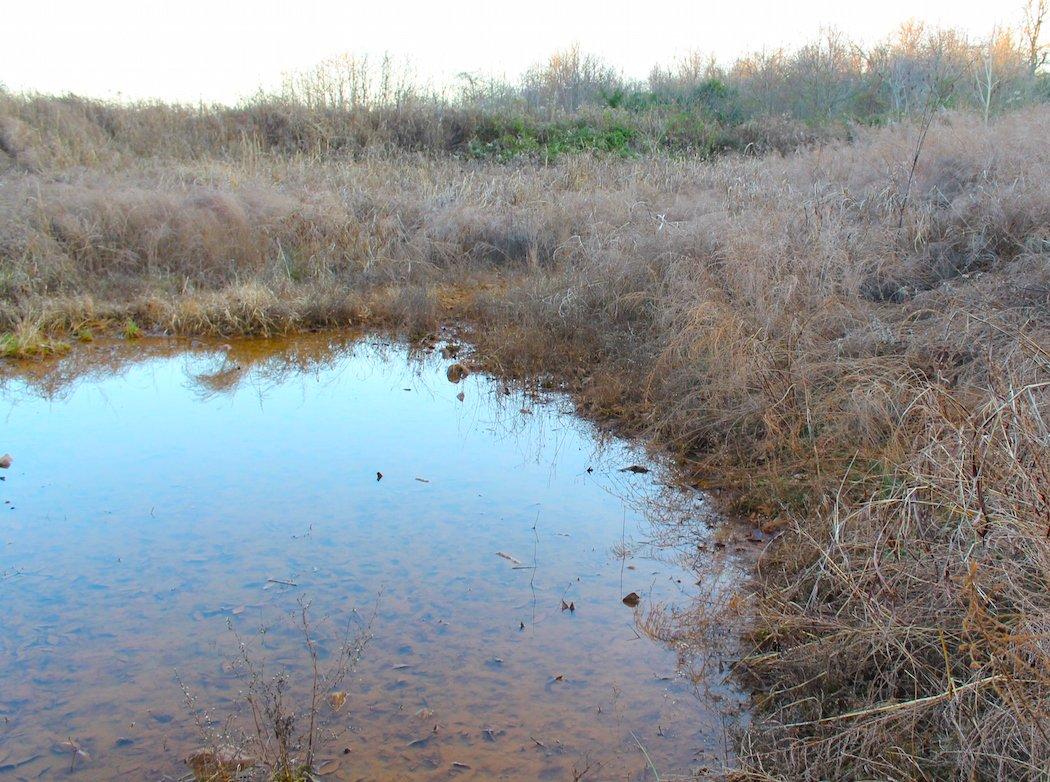
It's also very important to not only improve the land but to learn it, too. During the post-season, I always get out and walk the properties I plan to hunt the following season. You wouldn't believe the things I learn ‚ both how the land lays and how deer use it ‚ each year, even on properties I've hunted for several seasons.
Photo credit: Josh Honeycutt
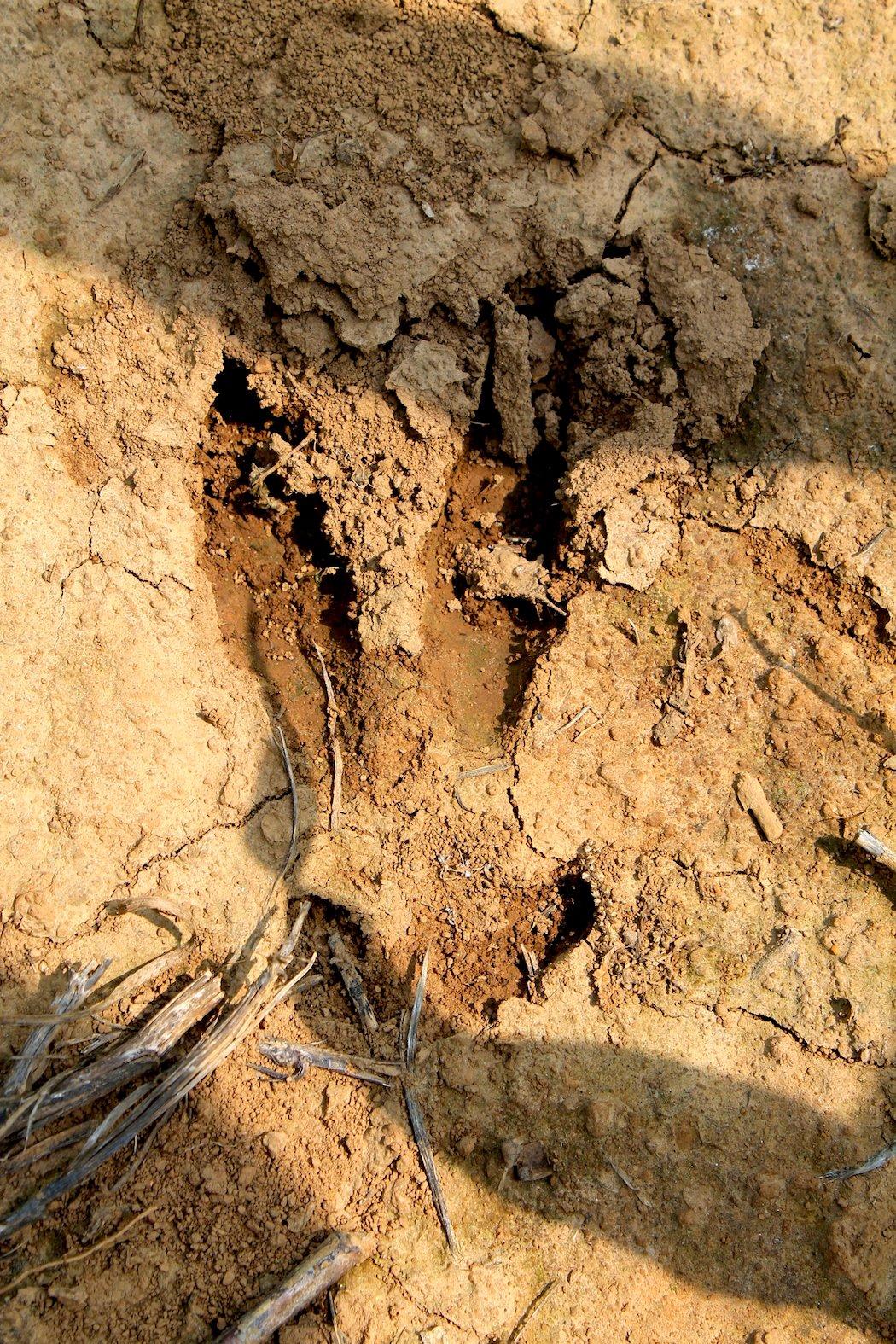
Similar to the previous slide, mapping trails, bedding areas, food sources, watering holes and other land features on aerial maps can help to paint a better picture of the land you hunt. It'll show you how deer use a property, rather than just thinking you know. I've learned that from experience. Using this process has truly changed how I hunt certain properties.
Photo credit: Josh Honeycutt
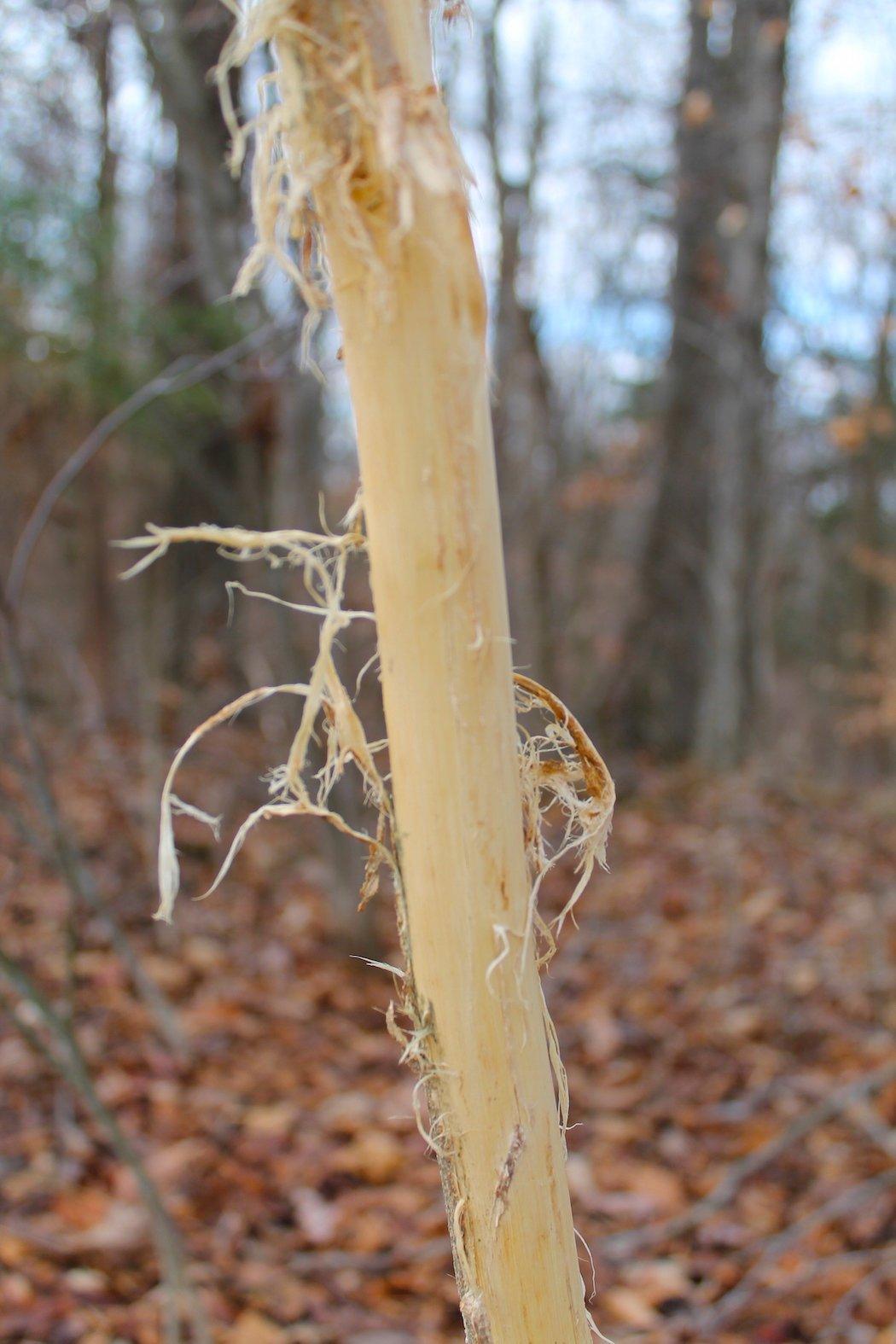
Some of the rut sign from last season is still visible, especially rubs. Getting out in the field and walking properties you plan to hunt will reveal rub lines and isolated rubs. Marking these on your aerial map will show you how deer move about the lands you hunt, too.
Photo credit: Josh Honeycutt

Many of the lands I hunt ‚ both private and public ‚ are hunted by other people. So I don't just scout to find deer sign. I scour the land in search of evidence of other hunters, too. Whether it's treestands, leftover boot tracks, or remains from a kill as seen in the photo above, I make note of these locations so I know where to expect potential hunting pressure (aside from my own) next season.
Photo credit: Josh Honeycutt
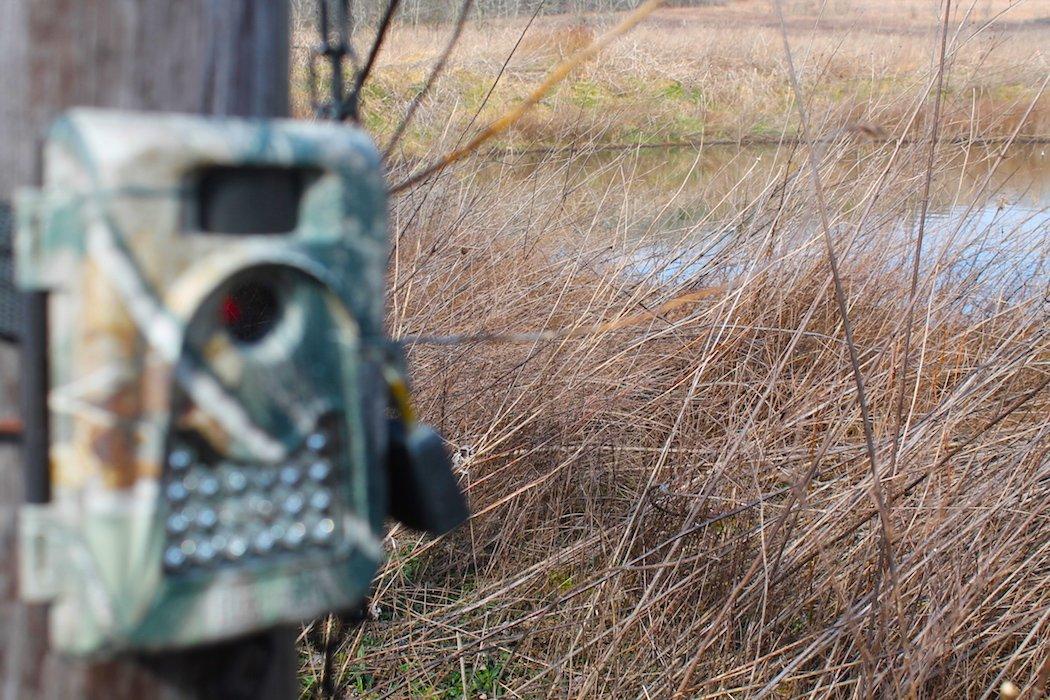
I like to run trail cameras until all of the bucks have shed their antlers. This helps me monitor the herd health and also see what deer made it through the season. Sometimes I really get my hopes up because big deer show their faces during the post-season. Other times, I'm disappointed because I don't see deer that I expect to. Either way, I always scout hard (and smart) once summer and early fall arrive to find a buck I want to hunt. After all, whitetails' fall and winter ranges are generally different. So don't get discouraged if you don't see a quality deer during the post-season.
Bonus read: Conducting a Post-Season Trail Camera Survey
Photo credit: Josh Honeycutt

Another thing that has changed the way I hunt is studying past trail camera photos. I look at the direction of travel (the deer), dates, temperatures, wind direction, barometric pressure, etc. and see how those things match up to the food sources and bedding areas around that camera location. For daylight photos, I really dig into the data and try to determine why that deer was standing in that spot in daylight.
Will we ever truly figure out mature whitetails? Probably not. But you never know when that one little thing might click and become a huge factor in the way you hunt a certain place or pursue a particular deer. After all, deer do all have their own personalities and weaknesses. Some of those weaknesses are personality based. Others are land-feature based.
Bonus read: 12 Bucks That Taught Me Lessons
Photo credit: Josh Honeycutt
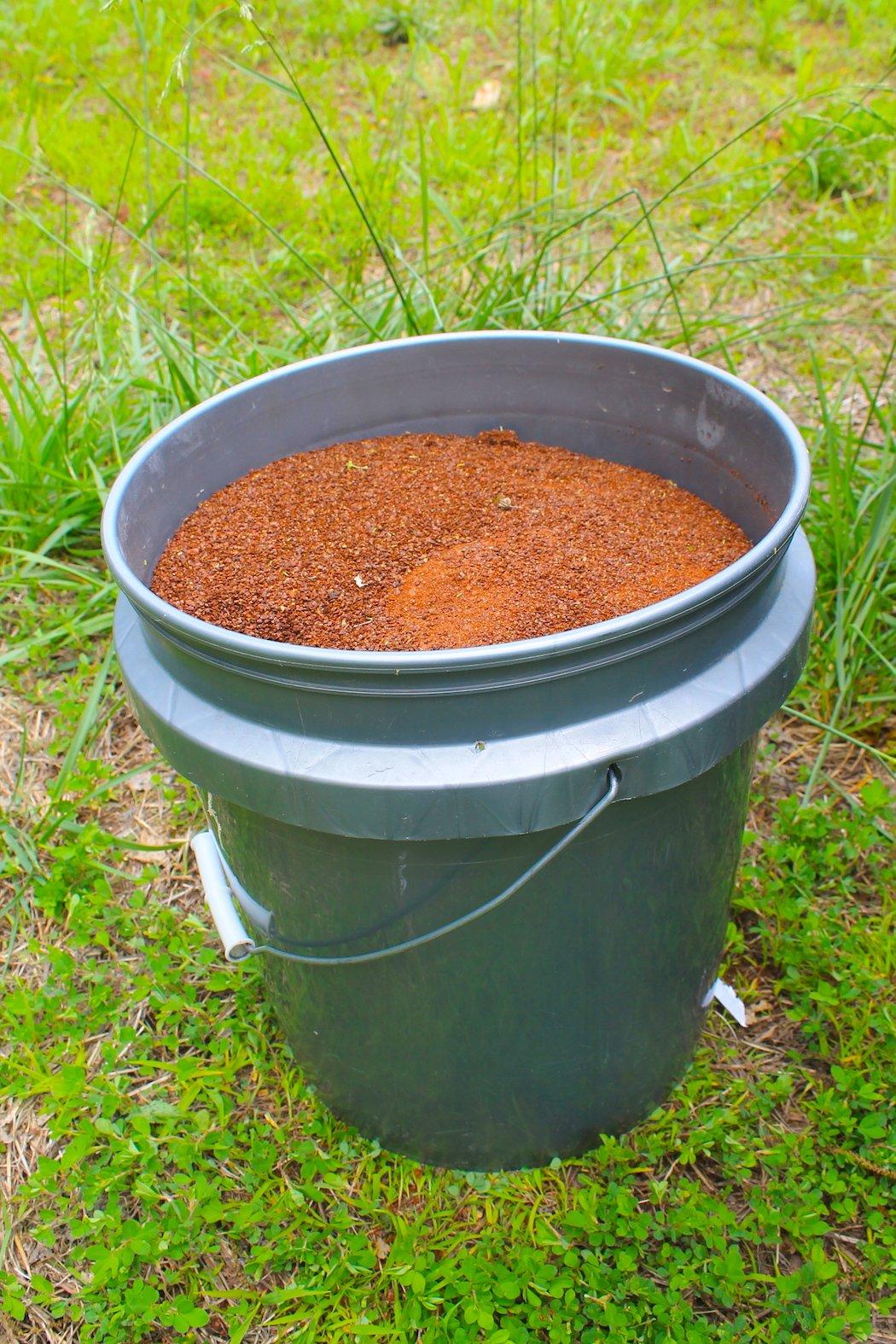
Mineral is very important to deer. We don't yet know exactly how much they directly improve antler growth. But we do know minerals help balance certain chemical and physiological aspects of a whitetail's body, which indirectly has the potential to increase antler growth by improving overall health.
Feeding minerals in the late winter and early spring is especially important because of the period when deer are transitioning from woody browse to green food sources high in water content. This significant change in food sources takes a toll on a whitetail's digestive system, which can be partially balanced through the feeding of key minerals, including di-calcium phosphate and trace minerals, among others.
Photo credit: Josh Honeycutt

For those who plant spring food plots, the time for that isn't far off. Now is the time to be preparing equipment, designing food plots, and buying fertilizer and seed. Planning ahead will put you ahead, rather than the alternative.
Bonus read: 7 Preparations for Food Plot Planting Season
Photo credit: Josh Honeycutt
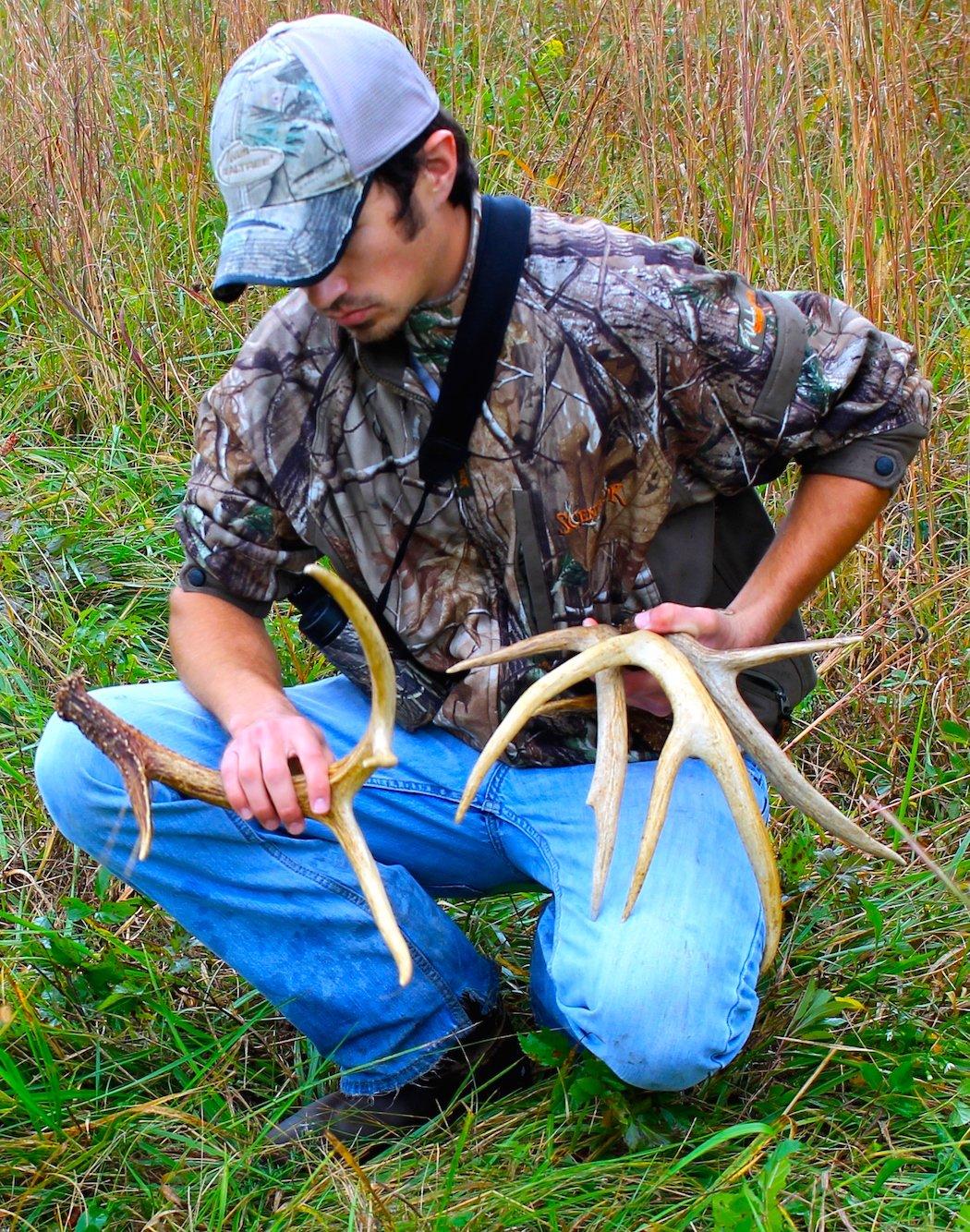
Will finding a shed tell you much on how to kill that particular deer? Not really. It tells you where that deer likes to spend its days during the post-season (and possibly the late season if it's been there awhile). But I'm not super convinced you can learn much from a shed in regard to early season hunting and the rut. (Although summer and early fall ranges sometimes overlap with winter ranges.) That said, it's still a very fun pastime you can share with family and friends. And at the end of the day, who doesn't like having a bunch of antlers laying around the house?
Bonus read: 12 Things You Should Know Before Shed Hunting
Photo credit: Josh Honeycutt
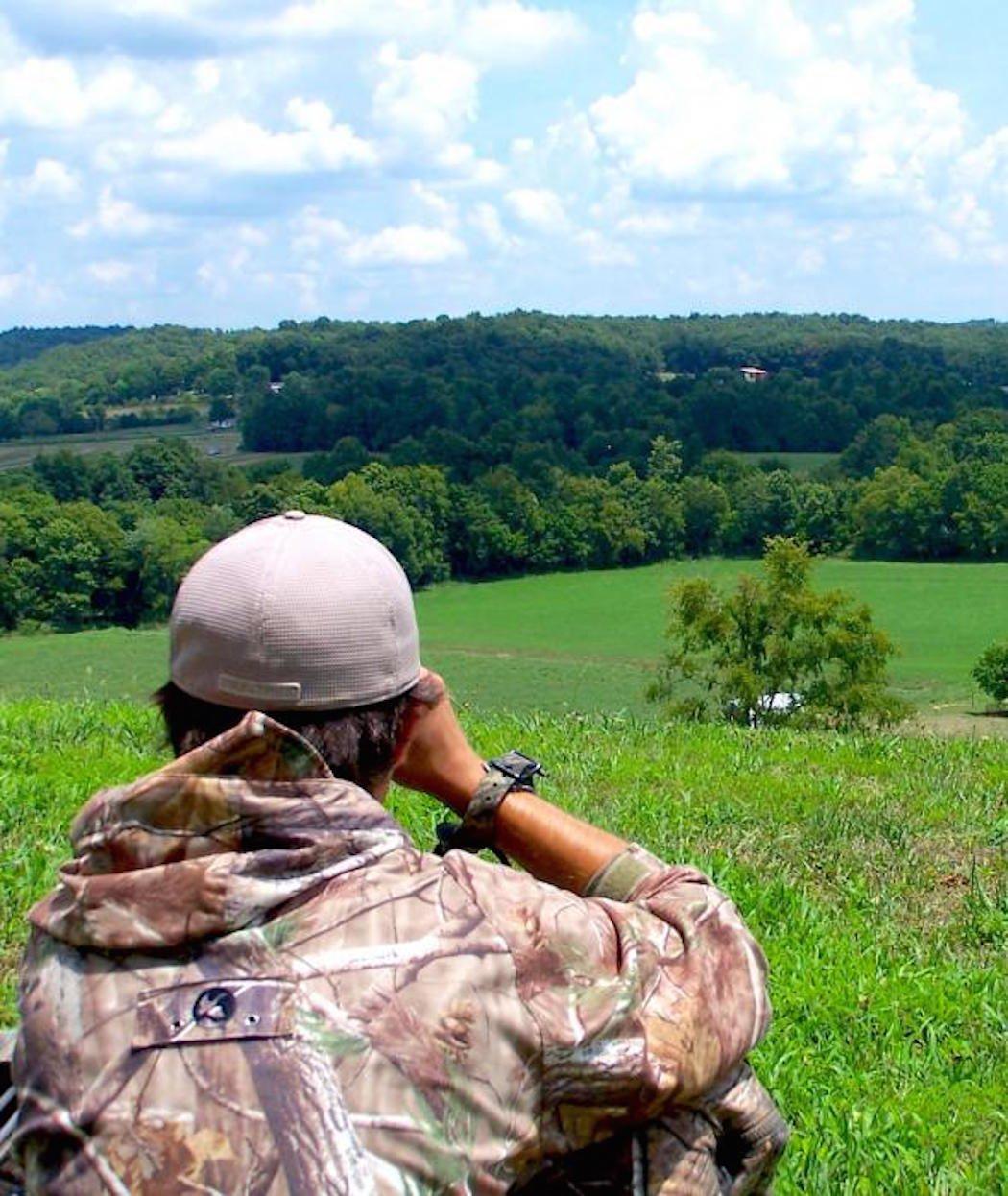
You can never have enough places to hunt. Period. And if you already have a few places to go, don't get too comfortable, especially if hunting private land by permission. You never know when you could lose the rights to hunt a particular property. Always stay vigilant in the search for quality ground to hunt. You'll be glad you did.
Photo credit: Chantal Honeycutt

Practice often. That's the best thing you can do. Don't go out and shoot 300 arrows in a day. Instead, go out and shoot five or 10 good arrows each day. Focus on your form. Muscle memory is key. And remember that archery is largely instinctive, so don't overthink it while shooting your bow. Analyze before and after the shot, instead. Then make necessary adjustments.
Bonus read: Archery Tips from the Pros
Photo credit: Chantal Honeycutt
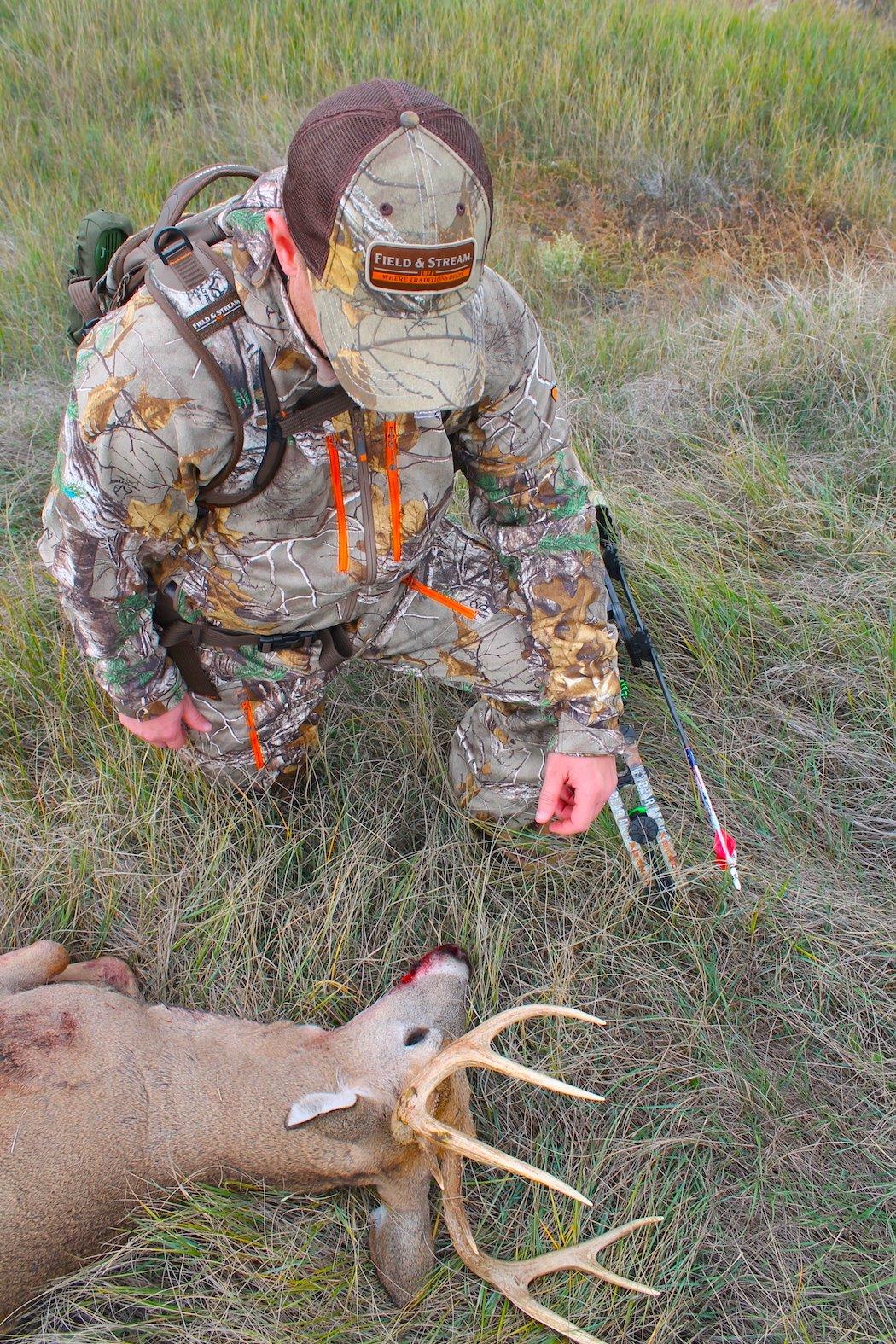
I like to reflect on my days in the deer stand and process everything I learned throughout the season. Whitetails are the best teachers. Don't just watch them when you're in the stand. Truly observe them. See how they react in their environment and with other deer. You'll come away with a better understanding of your prey if you do.
Photo credit: Josh Honeycutt
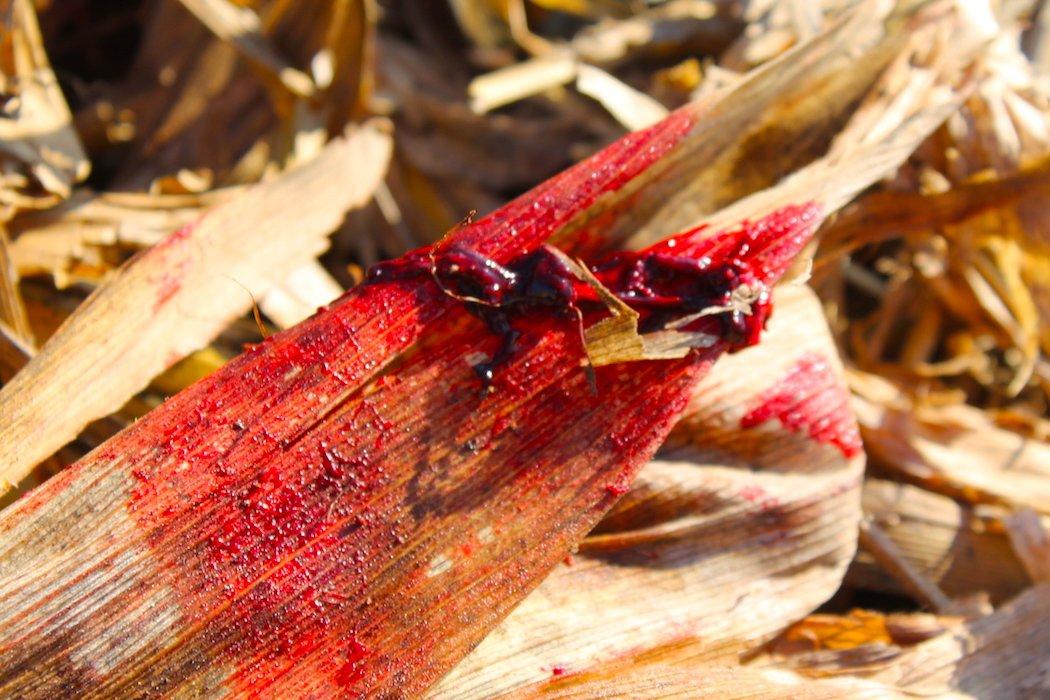
I'm no whitetail expert. Never will be. But I truly love learning about whitetails, what makes them tick, as well as all other things relating to deer hunting. One thing I've committed to focusing on during this offseason is in-depth study on tracking and blood-trailing.
Check out our great guide on how to find a deer after you've shot it below.
Bonus read: You Shot a Deer. Here's How to Find It.
Photo credit: Josh Honeycutt
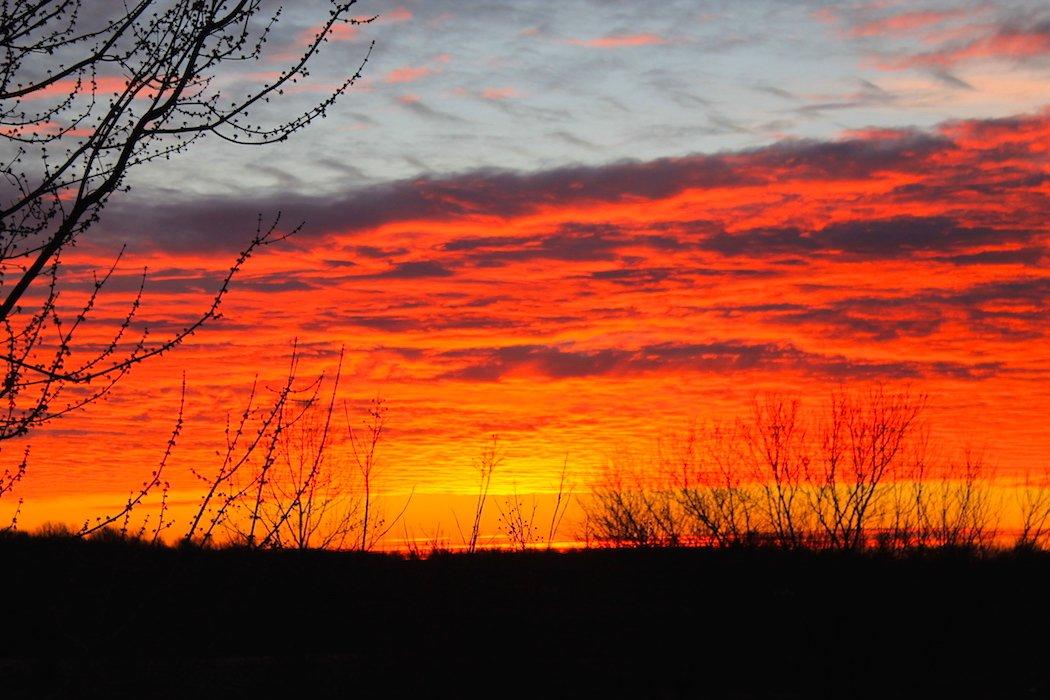
Never get lazy. Never get comfortable. Never settle. Always strive to better yourself in every aspect of your life, even in deer hunting. And if you want to improve, setting goals is a surefire way to reach your desired destination.
Photo credit: Josh Honeycutt
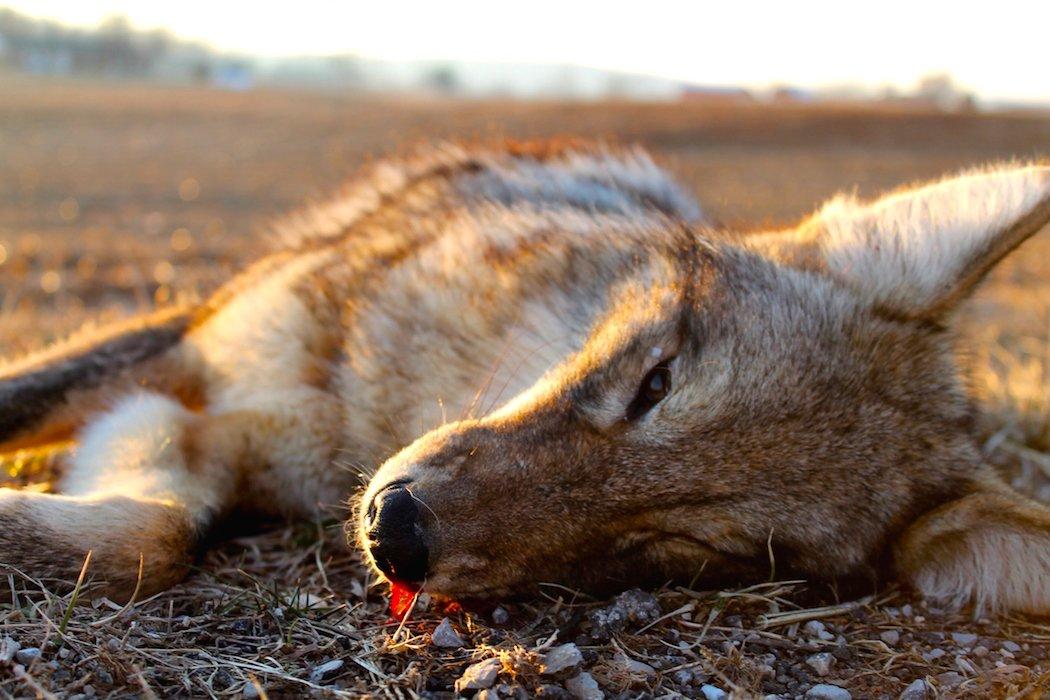
We deer hunters can't just sit around the cabin all winter, spring and summer. Coyote hunting is a great way to knock the dust off your boots, keep hunting skills honed, and enjoy time in the field. It also takes some pressure off the whitetails, too, which is as good of a reason as any to go.
Bonus material: Hunting Coyotes in the Snow
Photo credit: Josh Honeycutt
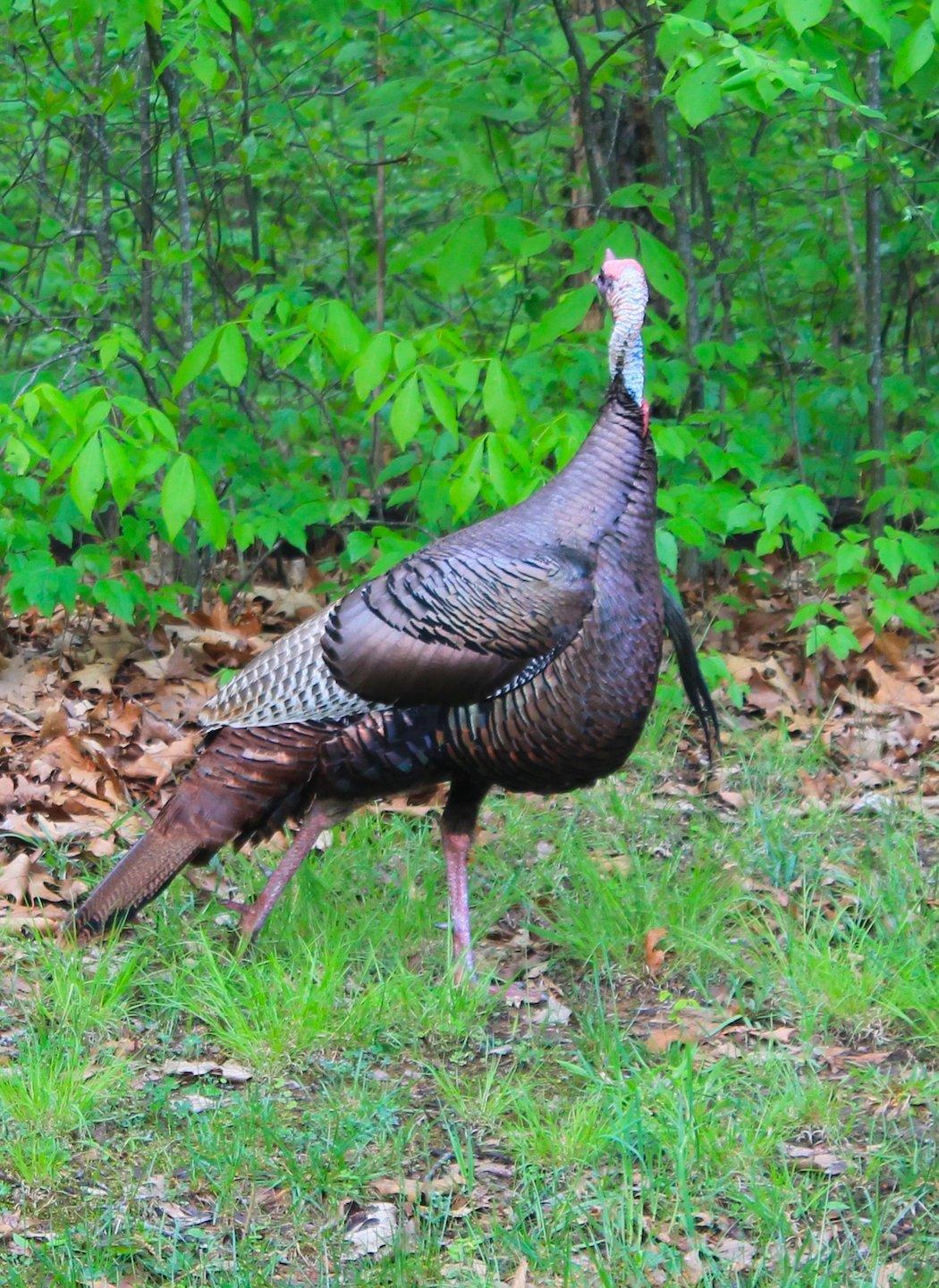
I might be a die-hard deer hunter. But I'm also an avid turkey hunter. Have been most of my life. And I wouldn't be the deer hunter that I am today if not for some of the skills I've learned while in the field chasing turkeys.
If you're ready for spring and thirsty for knowledge, Steve Hickoff is Realtree's resident turkey killer. He knows his stuff. Make sure you check out his turkey blog and the rest of our turkey hunting tips and tactics, too.
Photo credit: Josh Honeycutt
Editor's Note: This was originally published March 8, 2017.
Click here for more deer hunting articles, galleries and videos.
Follow us on Facebook.






